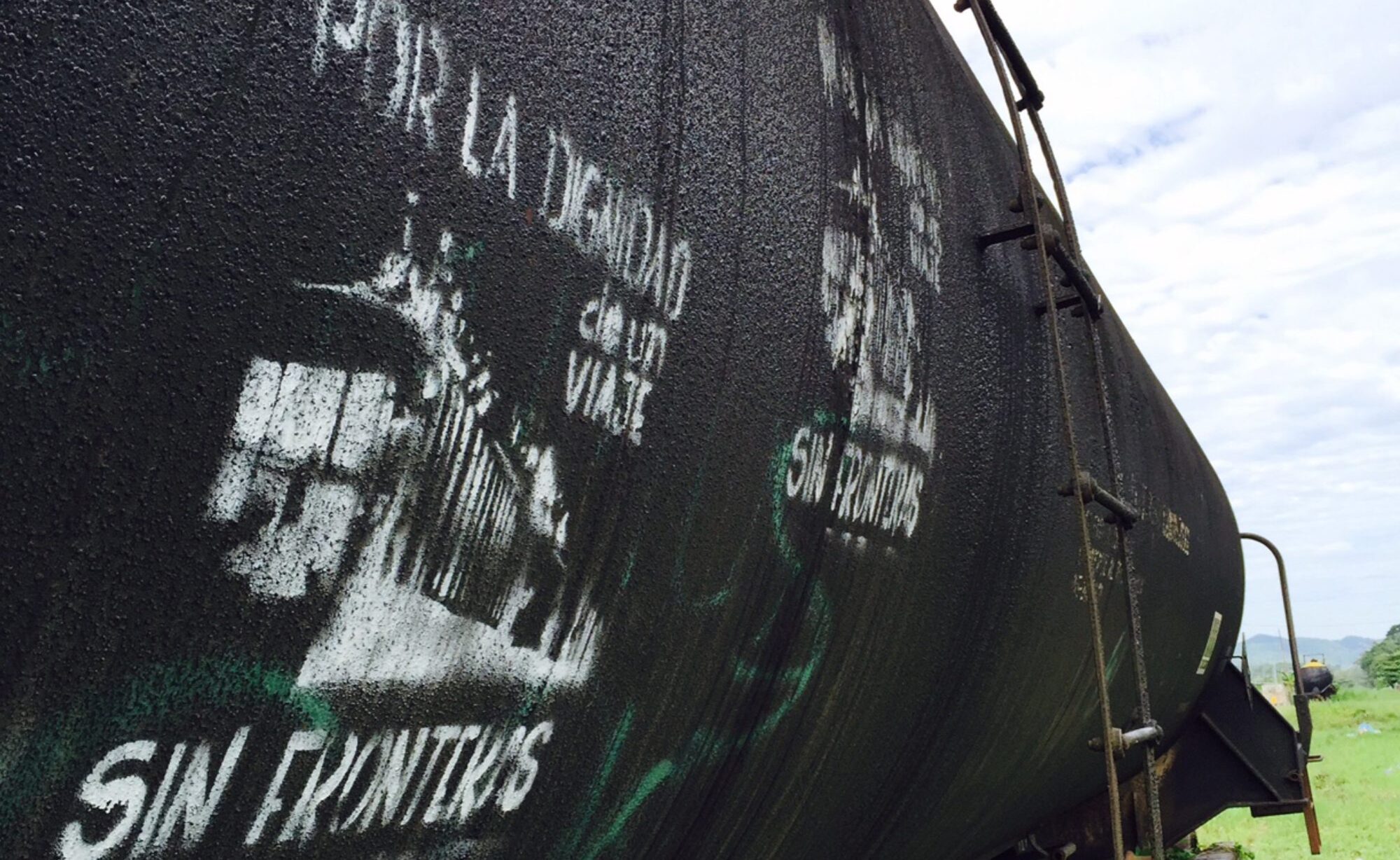Among the villains in the crosshairs of the Department of Homeland Security’s (DHS) 2012 Fiscal Year budget are coyotes, the “smugglers” migrants often hire to help them enter the United States without authorization. No doubt their job will become more challenging in the face of a $57 billion budget that, the DHS boasts, will support an all-time high of 21,370 Border Patrol agents and 21,196 Customs and Border Protection officers, more than double the 2005 numbers. Since the majority of these agents will be placed along the U.S. Mexico boundary, this budget makes clear that the central goal of Obama’s immigration policies, like those of his recent White House predecessors, is to “secure our borders,” continuing to build the same security apparatus that coyotes continually learn how to evade.
Coyotes, U.S. authorities assert, are among the principal perpetrators of violence in the U.S. Mexico borderlands. They only care about money, we are told, and have a complete “disregard for human life.” They rob migrants and abandon them to their deaths. They are members of organized crime and drug trafficking networks, and perhaps even terrorist syndicates, so the official story goes.
These claims, repeated constantly by U.S. officials and regurgitated by the media, are rarely questioned, even among progressives. David Spener’s Clandestine Crossings, a highly captivating book of great significance and one of the first comprehensive studies of migrants and their use of coyote networks, however, directly challenges these stereotypes. This “discursive” fable, Spener contends, serves to “incite moral panic,” and thus to legitimate the continual pumping of money into border and immigration enforcement, one increasingly justified in the name of “homeland security.” (In the post-September 11, 2001 era, the U.S. Border Patrol presents its number one priority as the “detection, apprehension and/or deterrence of terrorists and terrorist weapons.”)
http://www.politicalmediareview.org/2011/05/clandestine-crossings/
